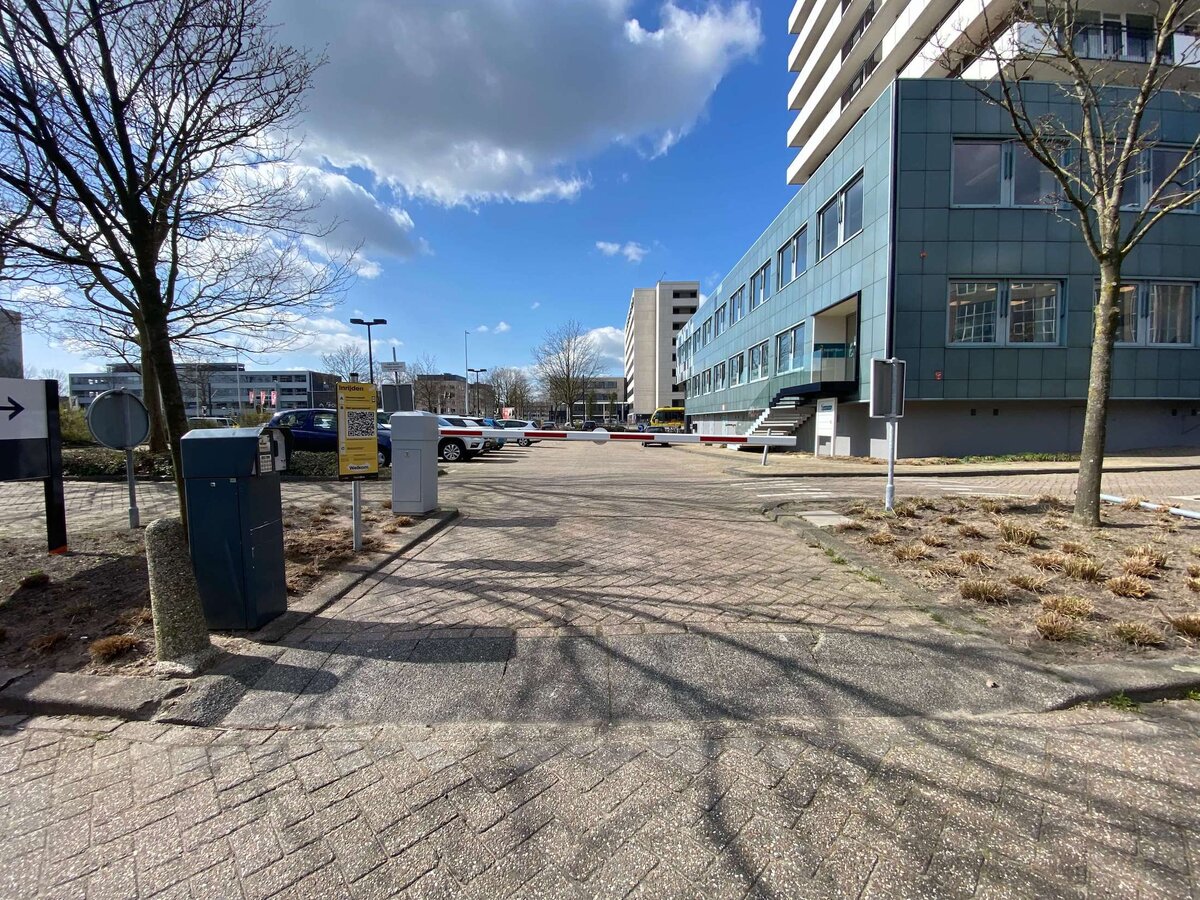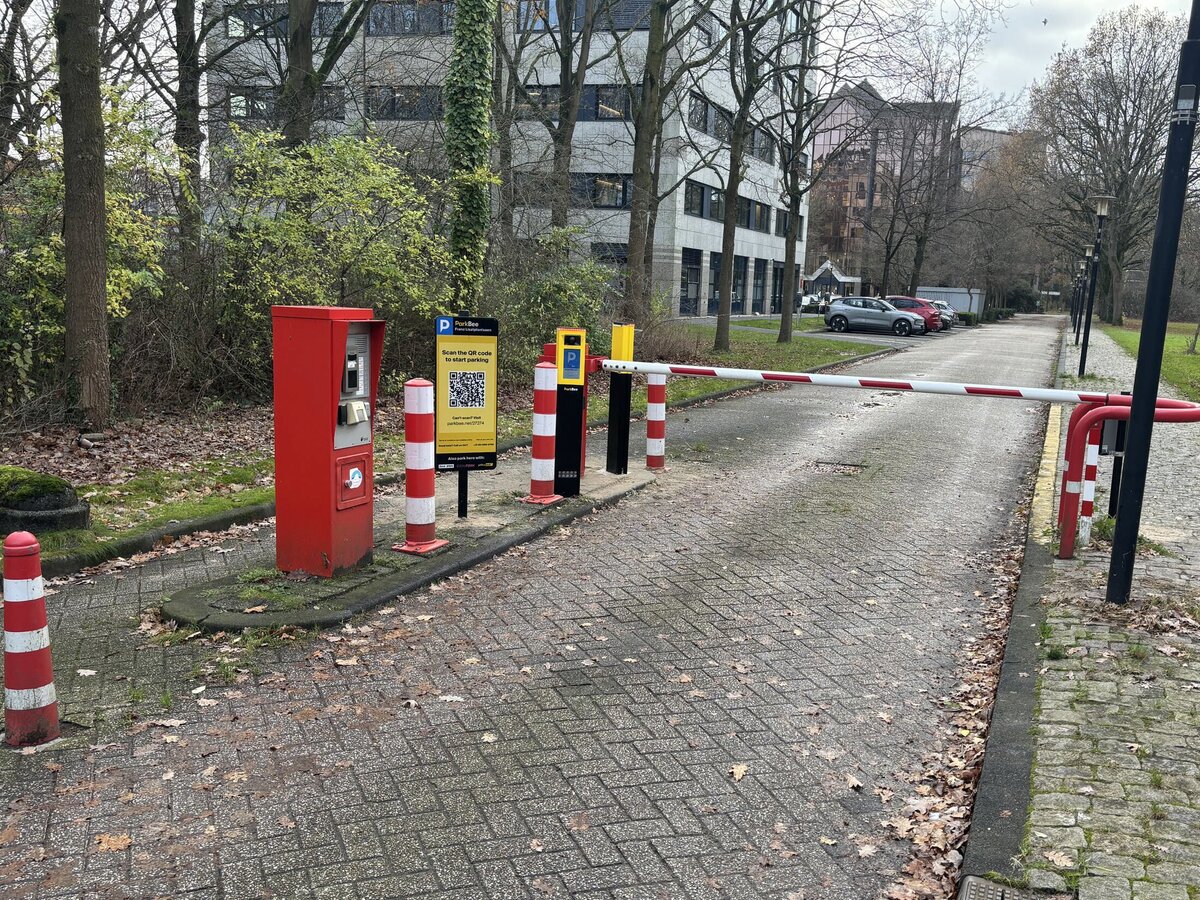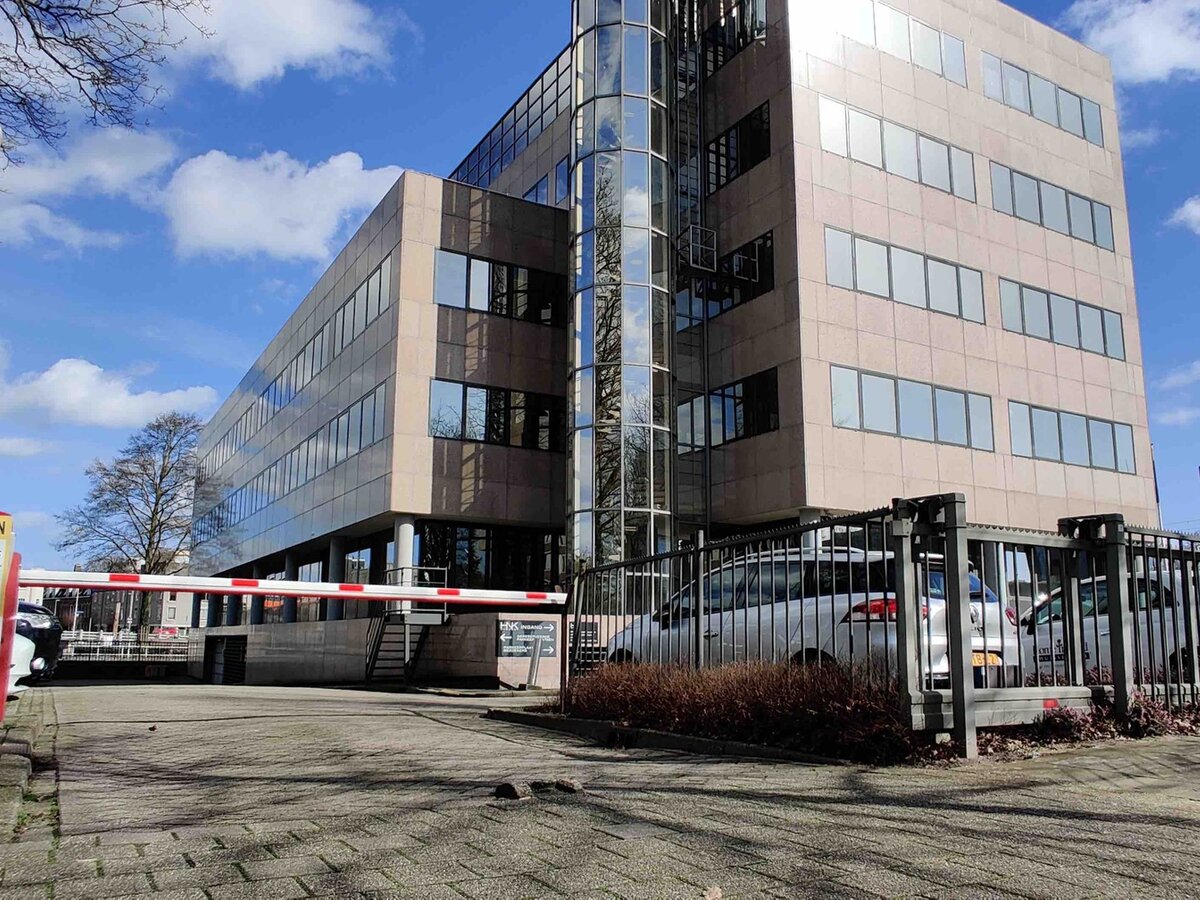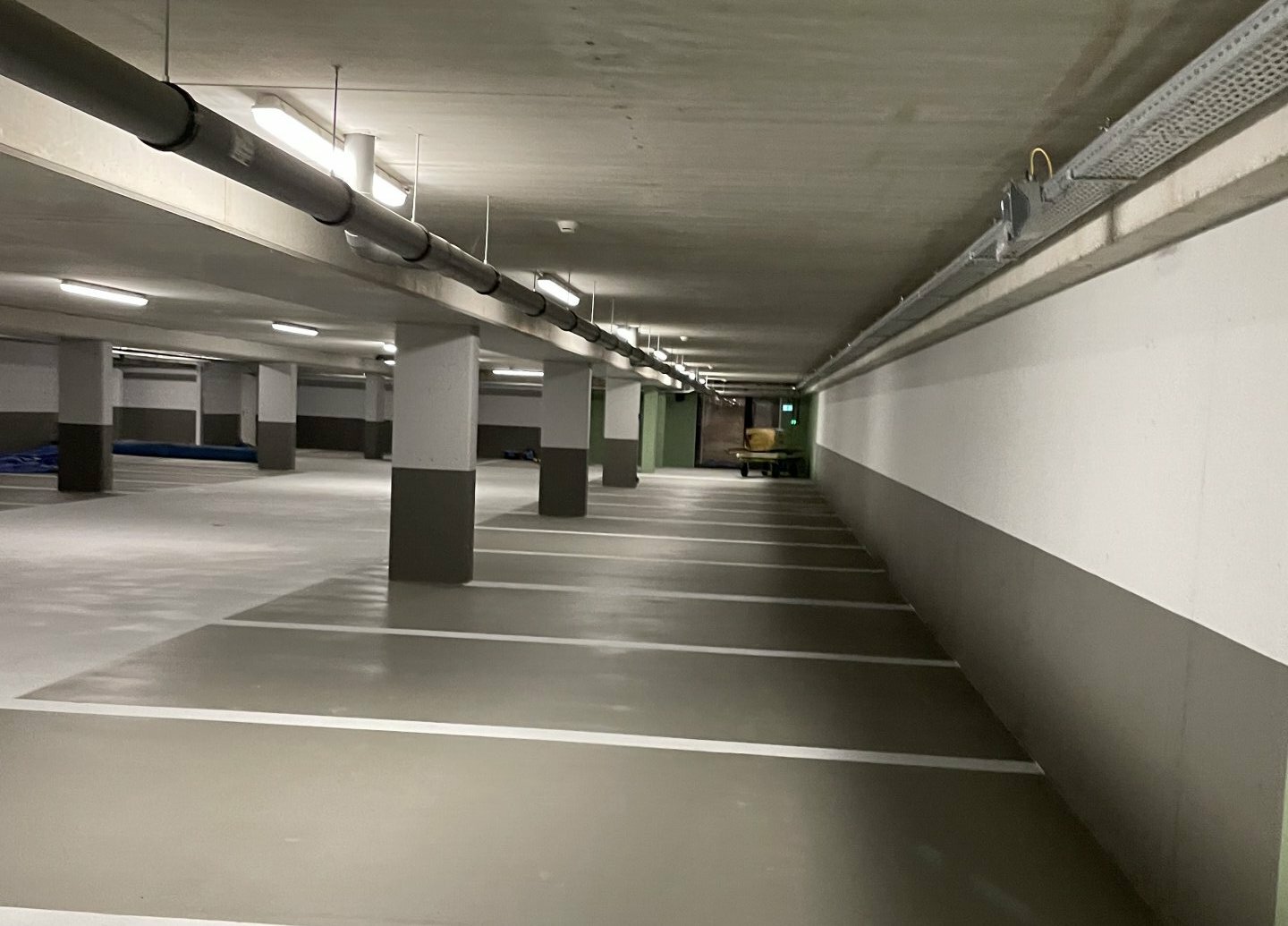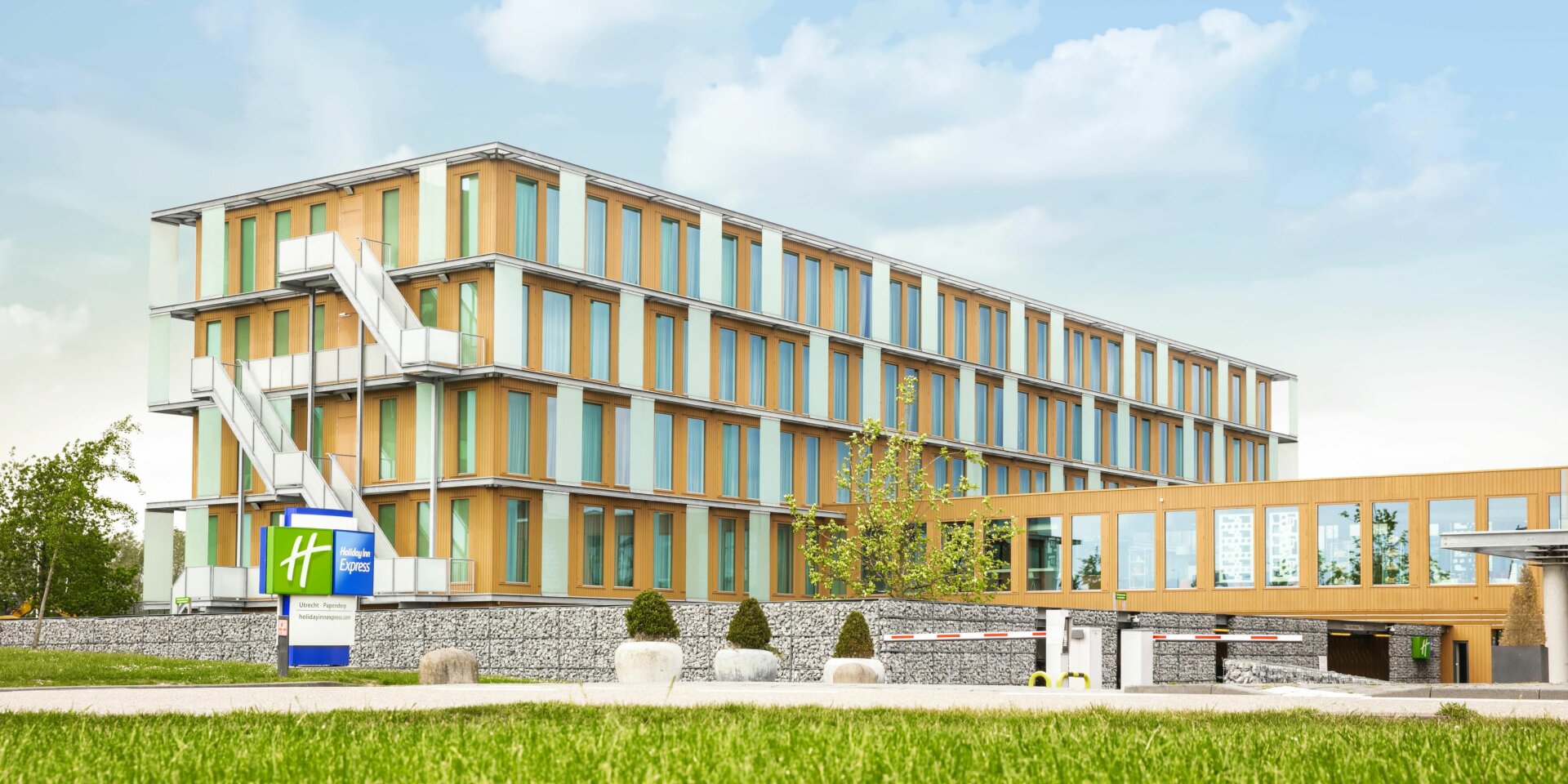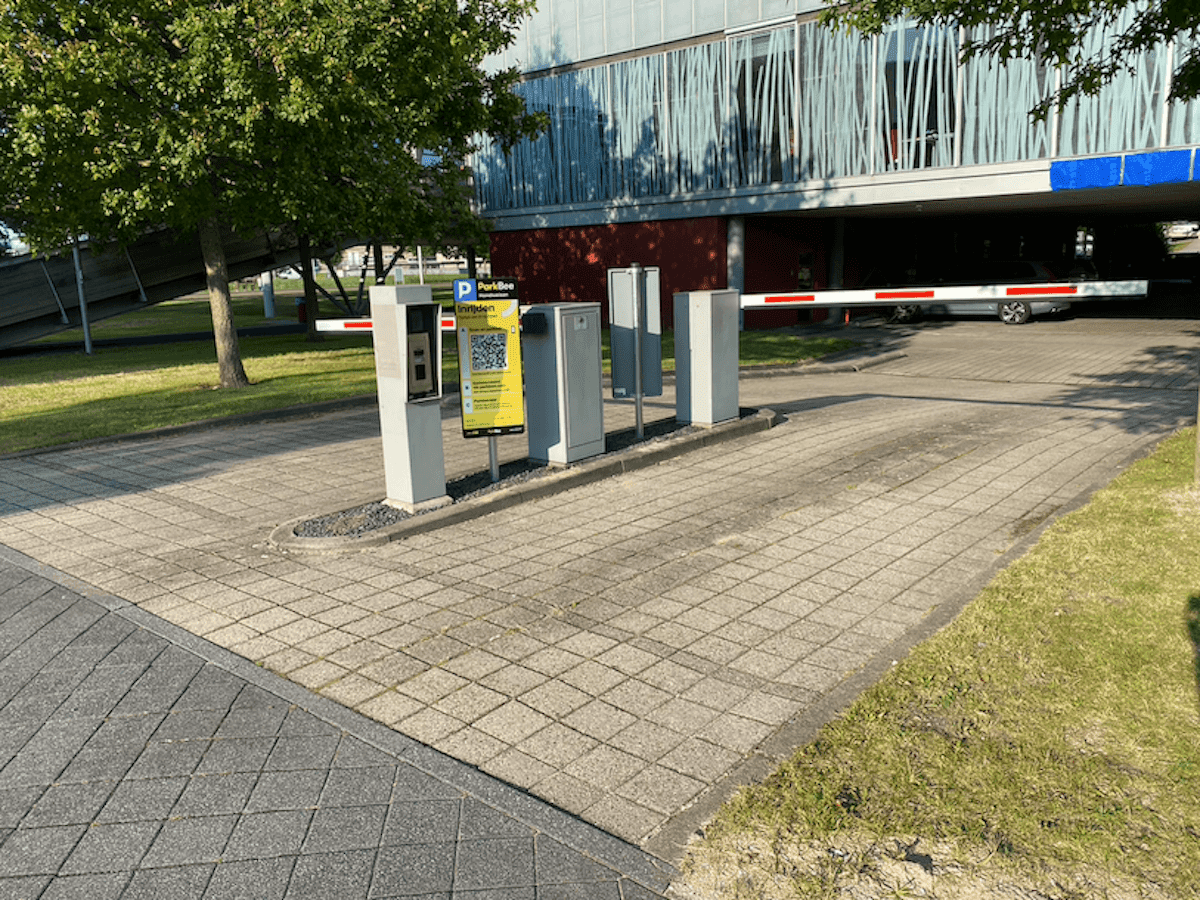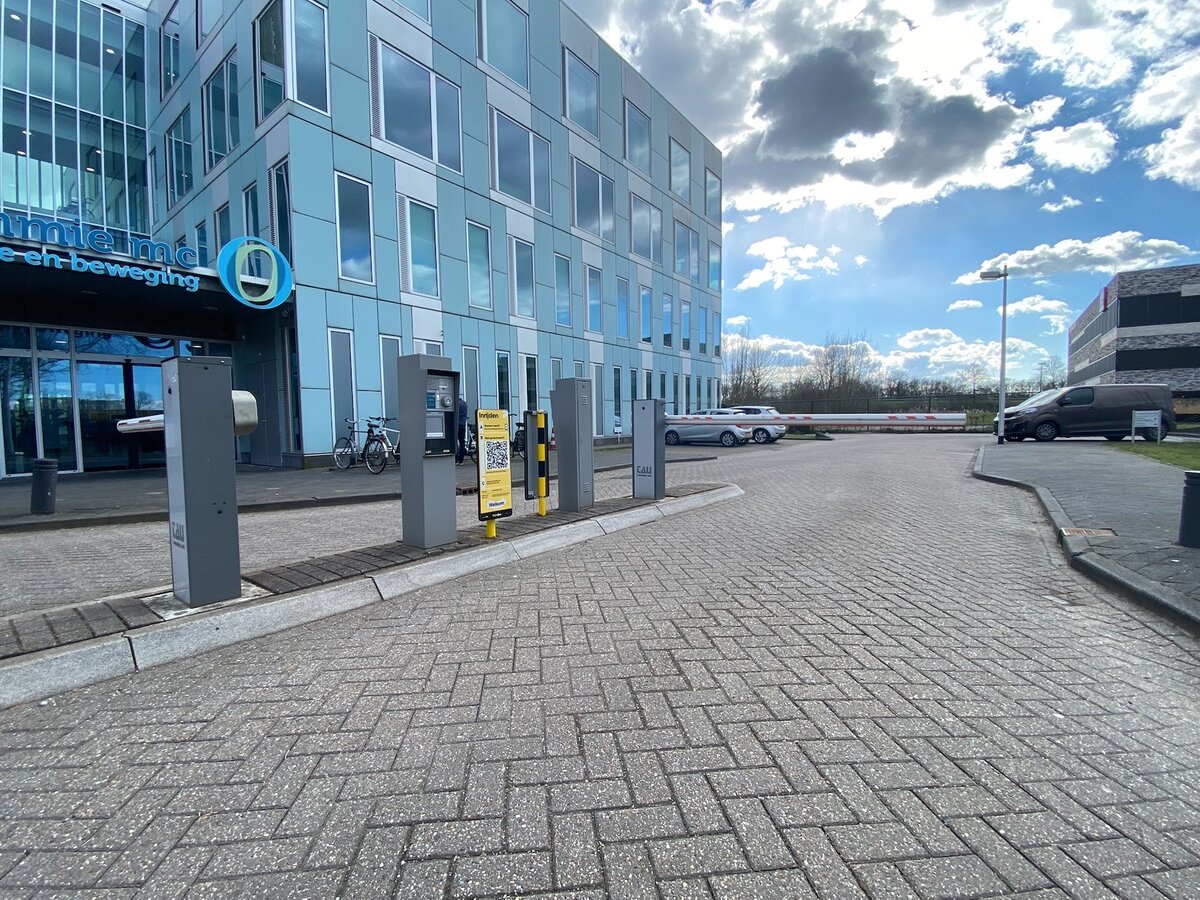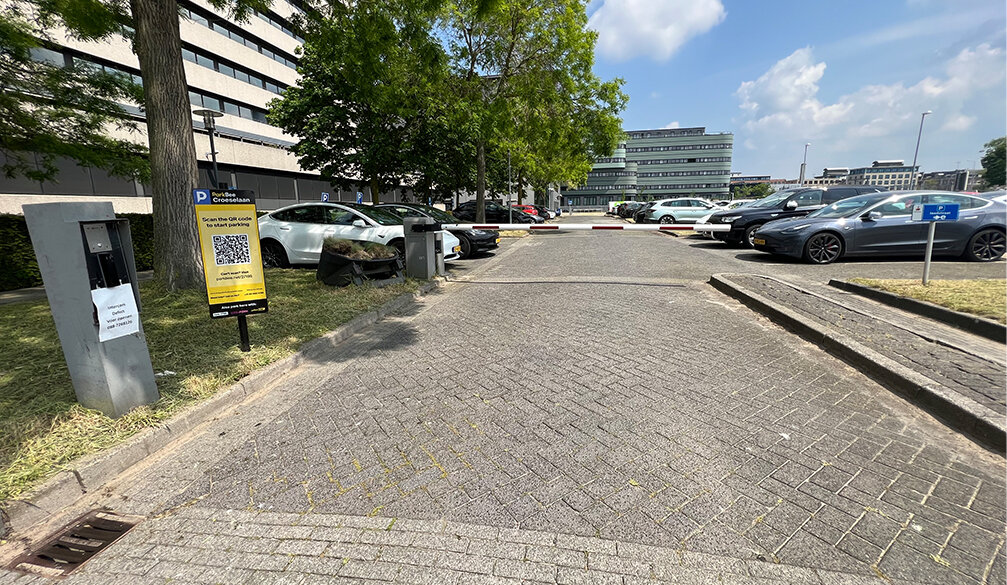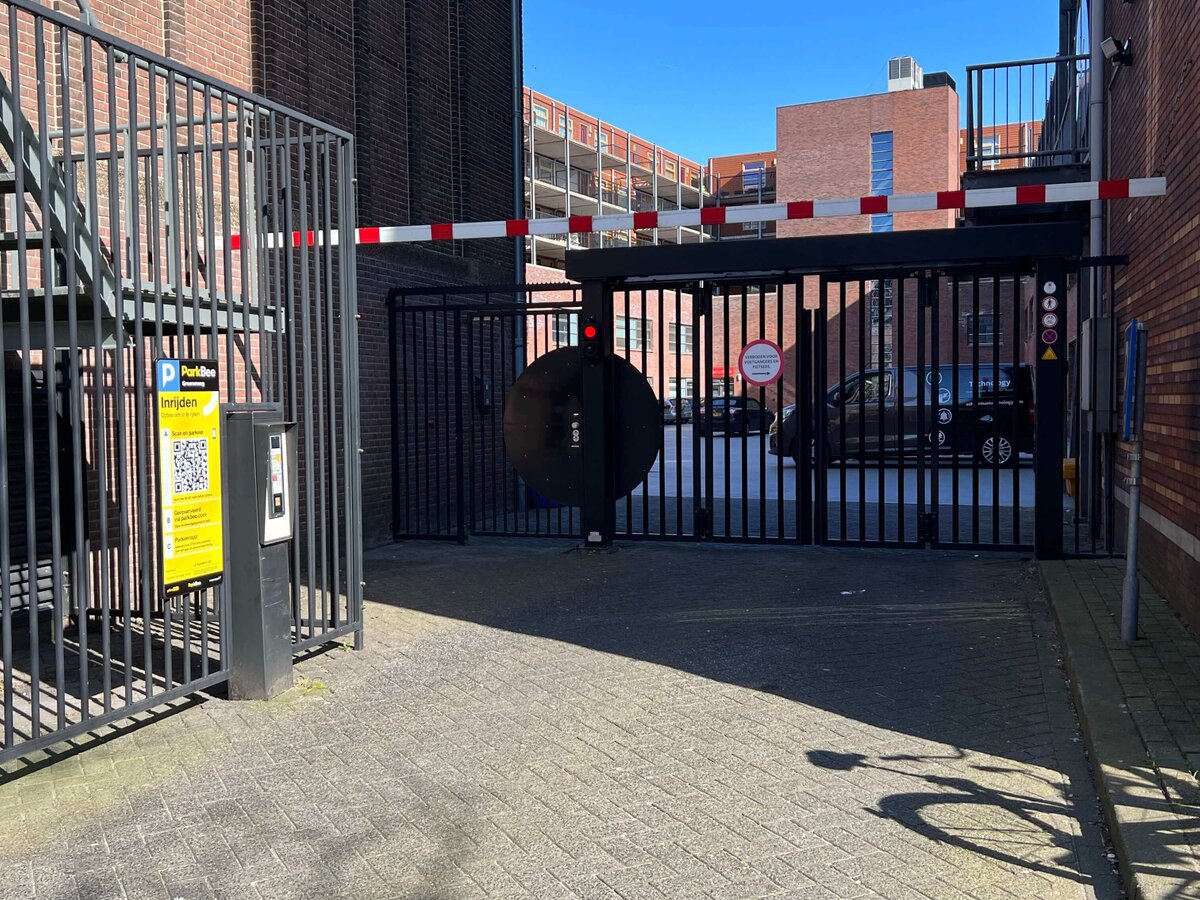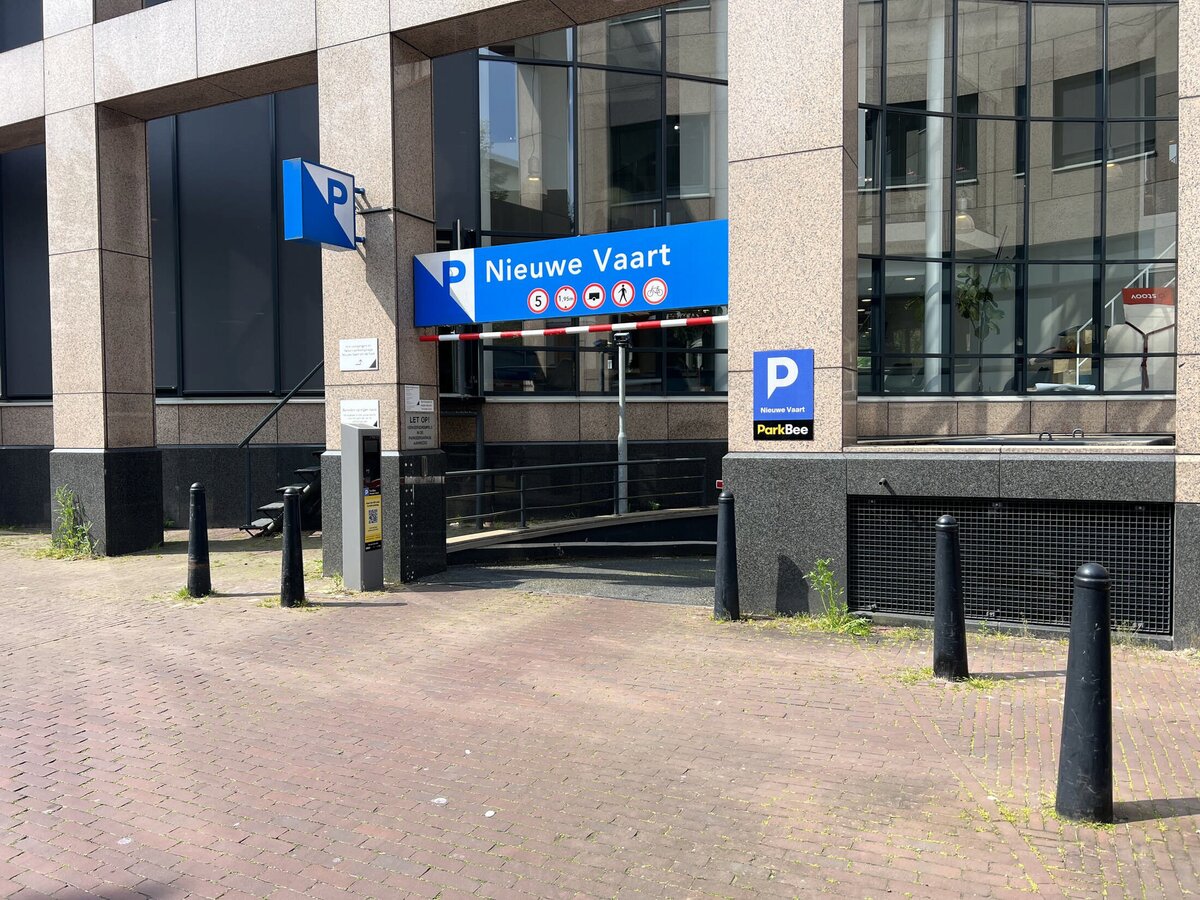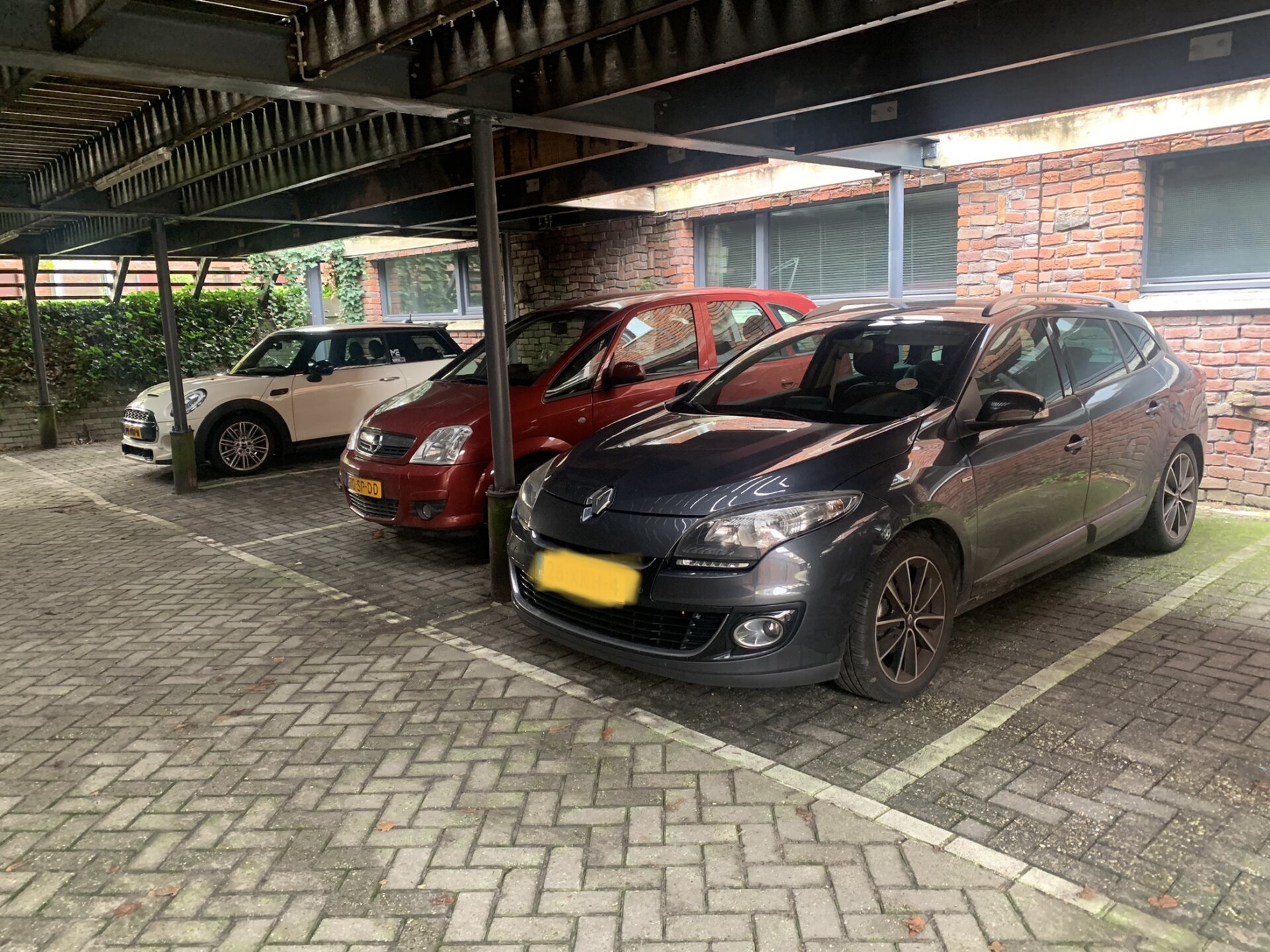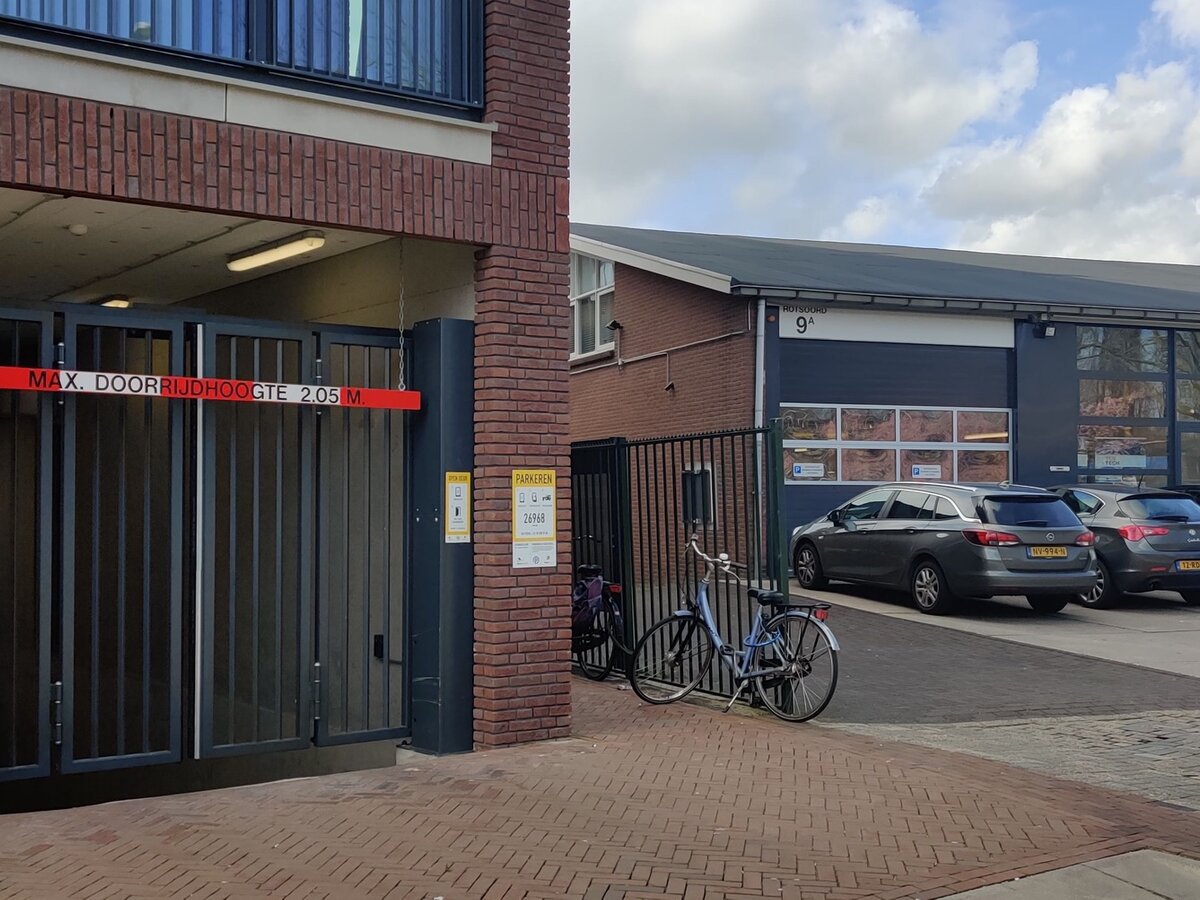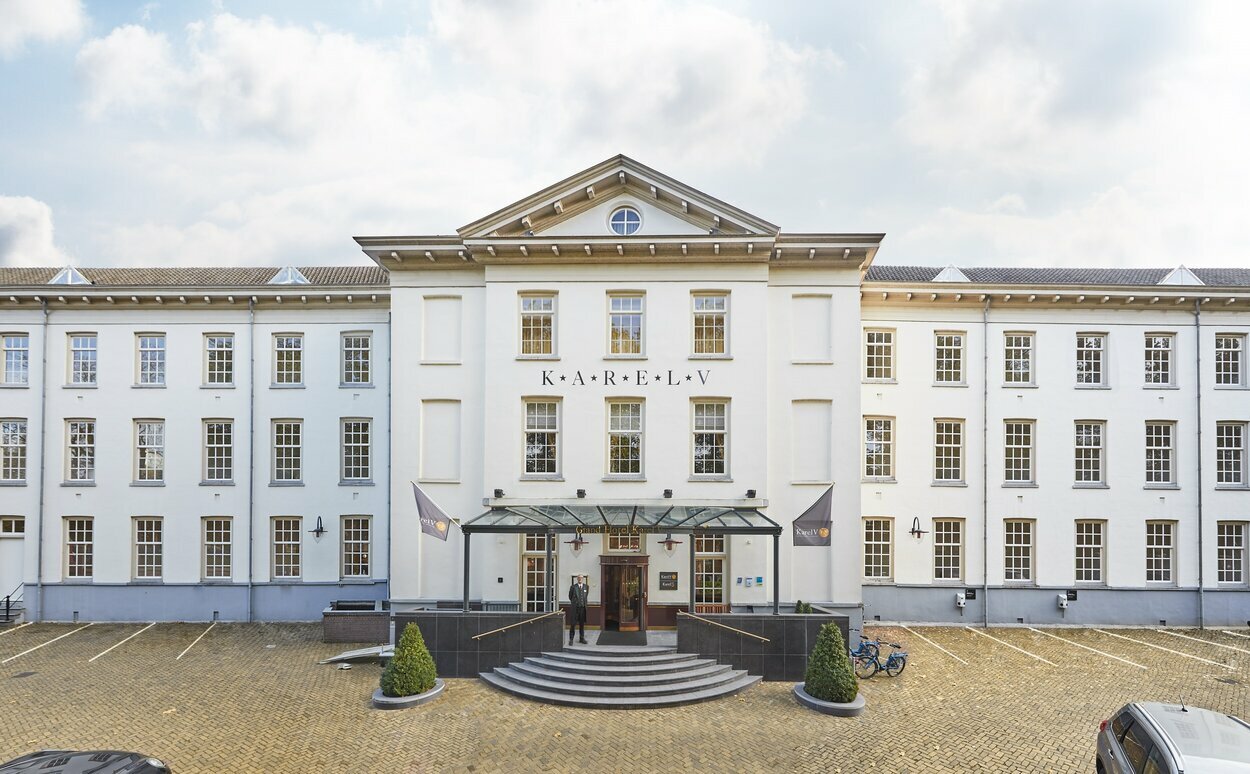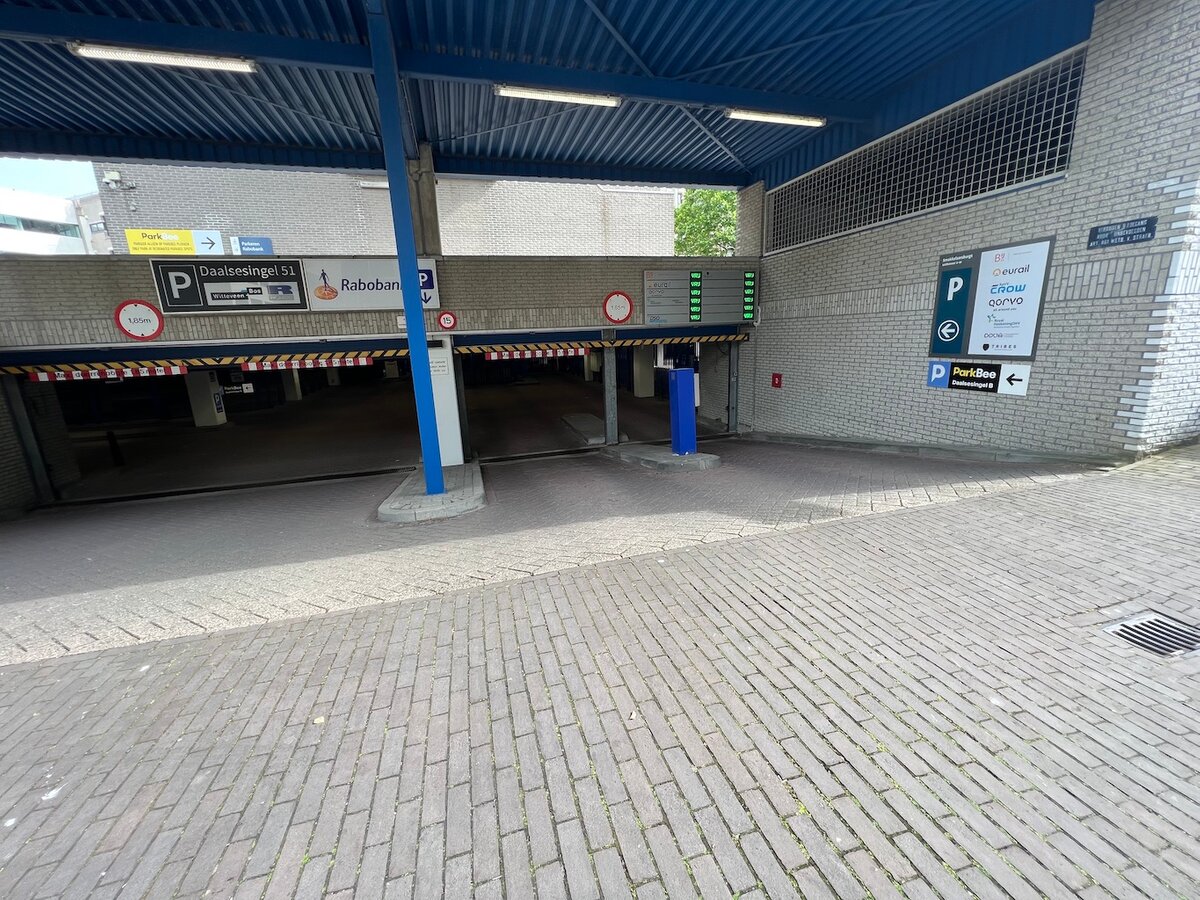





Find parking near Kanaleneiland-Noord, Utrecht Zuid-West, Utrecht
Kanaleneiland Noord is located in Zuidwest, a borough in Utrecht. The neighborhood was constructed in the 1960s, as part of Utrecht's large-scale expansion at that time. Since 2000, the neighborhood has been listed on the Vogelaar as a problematic area. In 2017, the neighborhood (statistically North and South Kanaleneiland), had a total population of 15,965.
Kanaleneiland was built as part of Utrecht's large-scale expansion in the 1950s. In 1954, Utrecht expanded its area to include the towns of Oudenrijn and Zuilen as well as Houten, De Bilt, Maartensdijk and Jutphaas. This was a long-awaited expansion. In the same year, Utrecht developed a plan for the future, resulting in the construction of three large areas, Kanaleneiland and Overvecht, to address the housing shortage. The three neighborhoods were designed for 90,000 people, 30,000 of whom lived in Kanaleneiland.
Construction of Kanaleneiland started in 1955. It is believed to have been completed in 1971. Kanaleneiland is a functional city built according to Rotterdam Pendrecht's ideals. Kanaleneiland was transformed into a large neighborhood with many green areas and high-rises that made extensive use of prefabricated components. Kanaleneiland is characterized by its balcony flats, which have four floors. Kanaleneiland had a clear separation between work, living, and recreation. Traffic was redirected around the neighbourhood. Residential areas were separated by large sports and green spaces. Kanaleneiland, with its industrial area on the border of the neighborhood, large shopping centers, schools, nursing homes, and church, was meant to be an entire city where residents could spend their lives.
Kanaleneiland's initial awe quickly turned to disdain. The lack of large low-rise homes caused the middle class to quickly turn their backs on the area. Immigrants largely took their place. The city's treasury in Utrecht was empty during the 1970s, so there was no money to upgrade the facilities (now outdated). The public green spaces were neglected and many neighborhood stores went vacant. Urban planners also viewed the public green spaces as a prime location for housing, schools, and sports fields.
The turn-around came towards the end of 1990s. The city recognized that the neighborhood did not meet the needs of the 21st Century and began to plan for improvement and renewal.
Kanaleneiland Noord residents and visitors can find parking difficult. Mobypark provides affordable and convenient options for parking in the region. Users can reserve a parking spot on our platform in advance. This ensures that their vehicle is parked safely. Mobypark users also save money when compared with traditional parking options, such as garages. Mobypark's user-friendly platform, coupled with cost-effective parking solutions, makes Kanaleneiland Noord parking a breeze.
Parking rates near Kanaleneiland-Noord
Parking time
Mobypark parking rates
1 hour parking
from € 2.00
24 hours parking
from € 7.81
1 week parking
from € 55.00
1 month parking
from € 150.00



